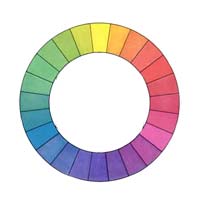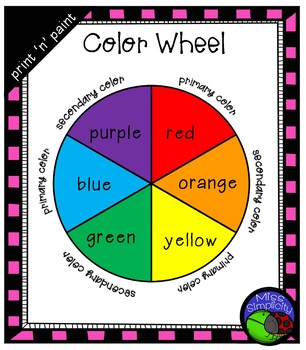

The arguments presented are fairly convincing. (I have seen color theory taught this way.) He states that the true primaries consist of cyan, magenta, and yellow. The author of the site argues that red, blue, and yellow are not the true primaries. The argument here is that the color wheels that we have been using for years are wrong.

You can visit this page and read for yourself. Honestly, it made me wonder if I really knew anything about color at all. I came across a site the other day that took color theory to another level. This means that orange is the complement of blue purple is the complement of yellow and green is the complement of red. Most of us can also agree that the complementary colors exist as opposites on the color wheel. Most of us agree that there are 3 Primary colors: blue, red and yellow – and 3 secondary colors: orange, green, and purple. Part of the issue with the ever growing number of color wheels out there is that there are varied ideas when it comes to color theory in general. Most of which are never quite what you need for the art lesson. There are literally hundreds of thousands of color wheel charts out there. Finding the right color wheel chart can be a daunting task.


 0 kommentar(er)
0 kommentar(er)
